Let's talk Weimaraners
Weimaraners, sometimes known as “silver ghosts”, were originally bred as hunting dogs. Nowadays though, these eye-catching canines are best known for their looks – sleek coats in subtle shades of grey, striking pale eyes and an aristocratic bearing. Energetic and intelligent Weimaraners are not low-maintenance dogs: they require plenty of attention – although paying attention to these beauties is hardly a chore. They also need plenty of exercise. But if you’re up to the challenge, they make a wonderful companion for their lucky humans.
Official name: Weimaraner
Other names: None
Origins: Germany
Drooling tendencies
4 out of 5Shedding Level
4 out of 5Energy level*
5 out of 5Compatibility with other pets
3 out of 5Warm weather?
4 out of 5Suited to apartment living
1 out of 5Family pet?*
4 out of 5Can stay alone
1 out of 5
| Male | Female |
|---|---|
| Height | Height |
| 59 - 70 cm | 57 - 65 cm |
| Weight | Weight |
| 30 - 40 kg | 25 - 35 kg |
| Life stages | |
|---|---|
| Adult | |
| 15 months to 5 year | |
| Mature | Senior |
| 5 to 8 years | from 8 years |
| Baby | |
| Birth to 2 months | |
Drooling tendencies
4 out of 5Shedding Level
4 out of 5Energy level*
5 out of 5Compatibility with other pets
3 out of 5Warm weather?
4 out of 5Suited to apartment living
1 out of 5Family pet?*
4 out of 5Can stay alone
1 out of 5
| Male | Female |
|---|---|
| Height | Height |
| 59 - 70 cm | 57 - 65 cm |
| Weight | Weight |
| 30 - 40 kg | 25 - 35 kg |
| Life stages | |
|---|---|
| Adult | |
| 15 months to 5 year | |
| Mature | Senior |
| 5 to 8 years | from 8 years |
| Baby | |
| Birth to 2 months | |
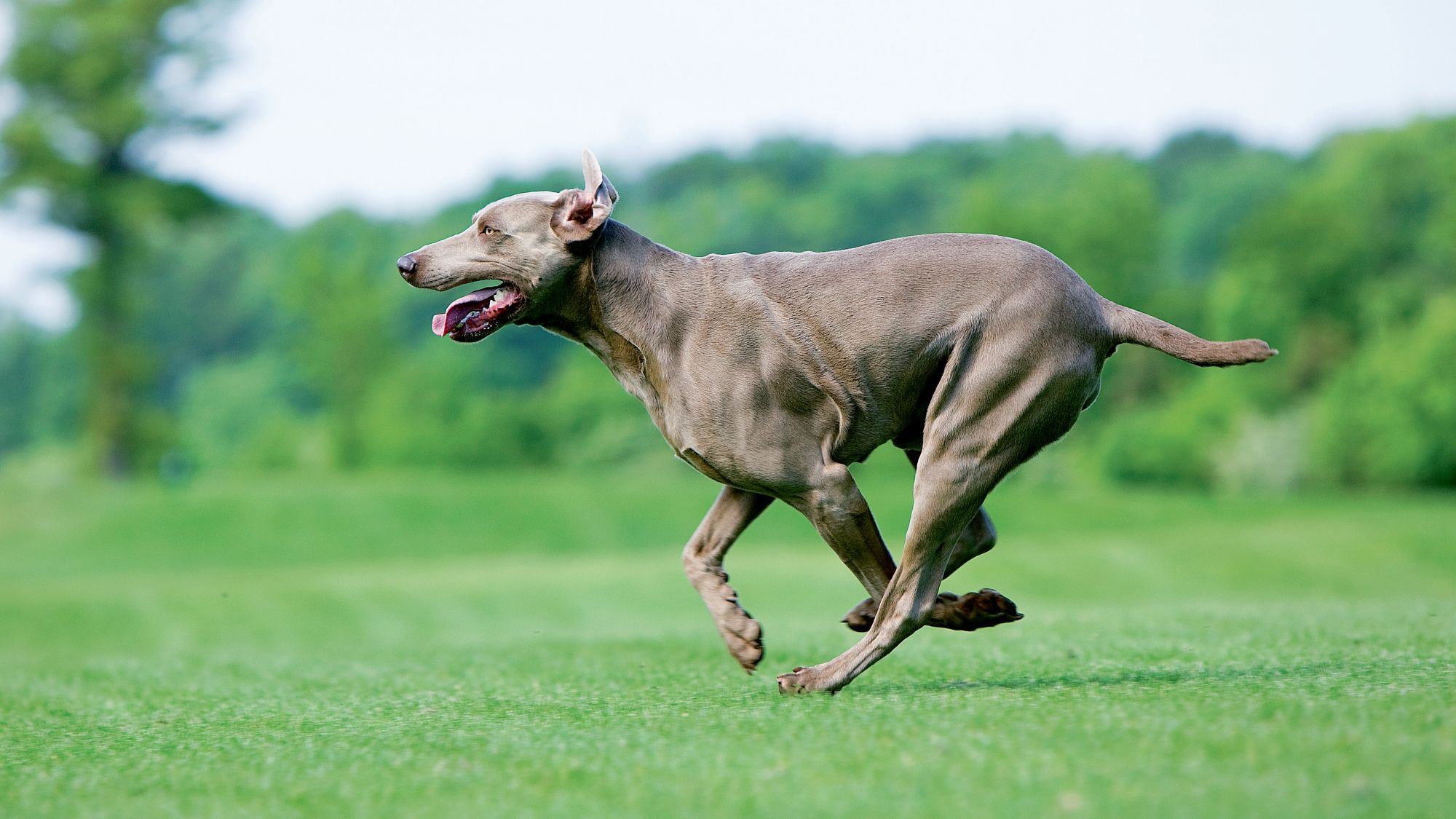
Get to know the Weimaraner
All you need to know about the breed
With a regal bearing to match their aristocratic name (they were first bred in Germany by the Duke of Weimar), Weimaraners make an undeniably elegant canine addition to any family, although they have much more to offer beyond their beauty.
Silver, roe and mouse grey might sound like shades of upmarket paint, but these evocative terms in fact describe the different tones of that gorgeous velvety coat (calling it just plain grey doesn’t really do it justice).
Weimaraners may be best known for their ethereal beauty – hence the nicknames “silver ghost” or “grey ghost” – but in fact the breed has its paws firmly on the ground. Originally developed to help hunters handle big game such as deer, wolves and bears, these dogs are still energetic, courageous and tenacious with impressive stamina and a powerful sense of smell. Nowadays, as long as they get plenty of exercise and mental stimulation, Weimaraners make great, affectionate family pets. They are wary of strangers and can make good guard dogs.
Once trained, Weimaraners get on brilliantly with their human families, including children (although they’re big dogs and always need to be supervised around little ones, who could easily be knocked over). Because of their hunting origins they have retained a strong prey drive: off-the-lead exercise needs to be in a securely enclosed space and they are not suitable for households with small pets such as hamsters.
Weimaraners don’t take well to being left alone for long periods. They appreciate plenty of attention from their humans and will repay that attention in the form of a strong, affectionate bond.
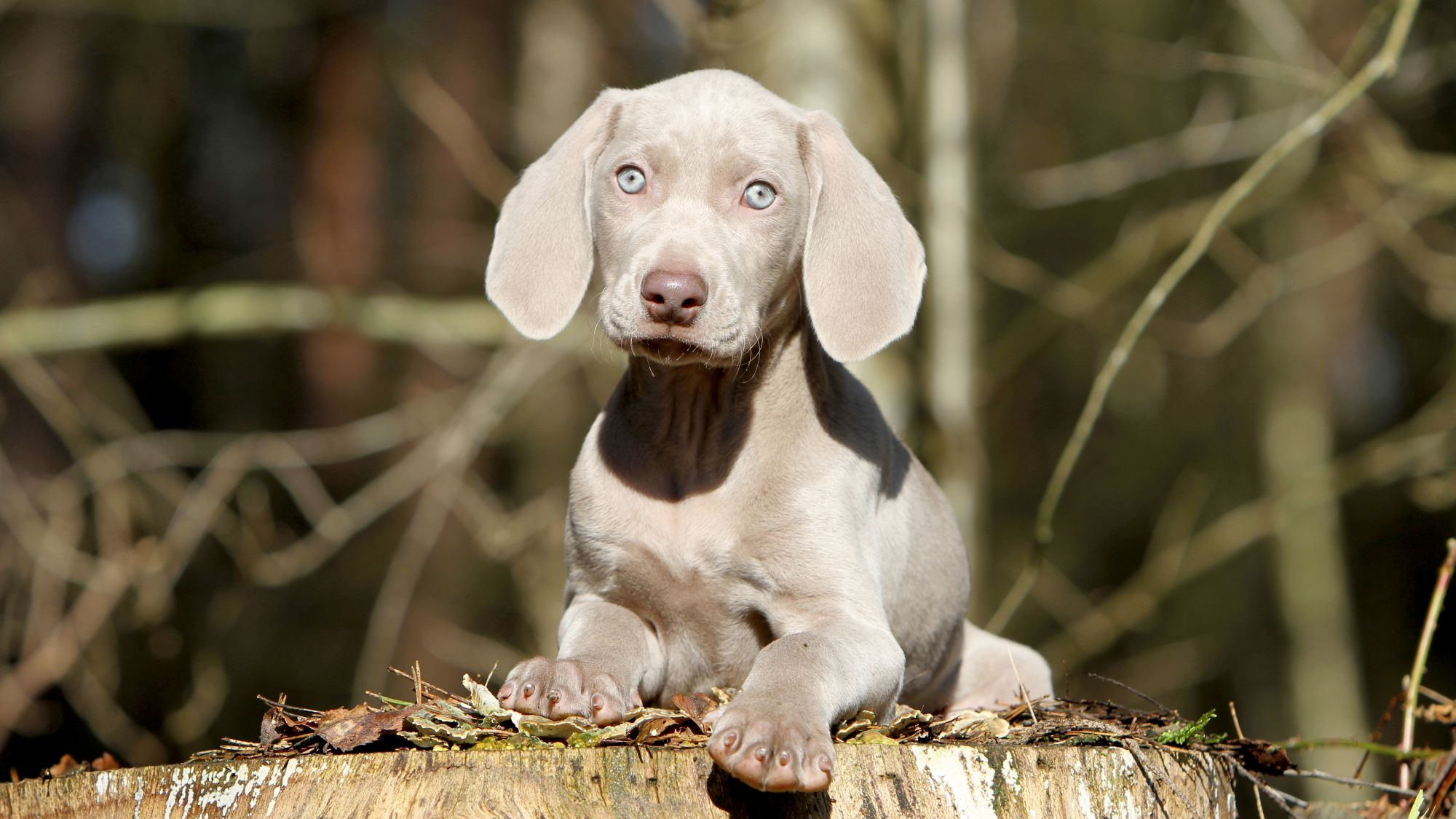
2 facts about Weimaraners
1. Wegman’s Weimanarers
American artist William Wegman uses his own Weimaraners as his photographic muse, capturing them in human outfits or as historical figures. Wegman’s first Weimaraner (the first of many) was called Man Ray, after the artist.
2. Stripe-araner
Not content with their sublime looks as adult dogs, Weimaranar puppies perform a clever aesthetic trick – they are born with stripes! These fade a few days after birth. In fact, that’s not the only colour-changing trick these dogs can pull off. Weimaraners’ piercingly pale eyes start off blue and change to amber, blue-grey or grey over time.
History of the breed
We have the Duke of Weimar, or Grand Duke Karl August of Weimar in central Germany, to be precise, to thank for the wonderful, versatile Weimaraner breed.
In the early 19th century, the German aristocrat set about developing a gun dog to help with hunting large prey such as bears, wolves and deer. The Weimaraner’s exact ancestry is unknown but the English Pointer, the Great Dane, the Bloodhound and the Hühnerhund are thought to feature in the mix. That mix resulted in something of a superdog: incredibly fast and intelligent, with phenomenal stamina and a powerful sense of smell – and, of course, beautiful.
The Weimaraner breed began to gain in popularity in the US in the early 20th century, and was recognised by the American Kennel Club in 1943. This elegant breed quickly got used to the high life. U.S. president Dwight Eisenhower owned one, as did Grace Kelly.
From head to tail
Physical characteristics of Weimaraners
1.Head
2.Colouring
3.Body
4.Tail
5.Coat
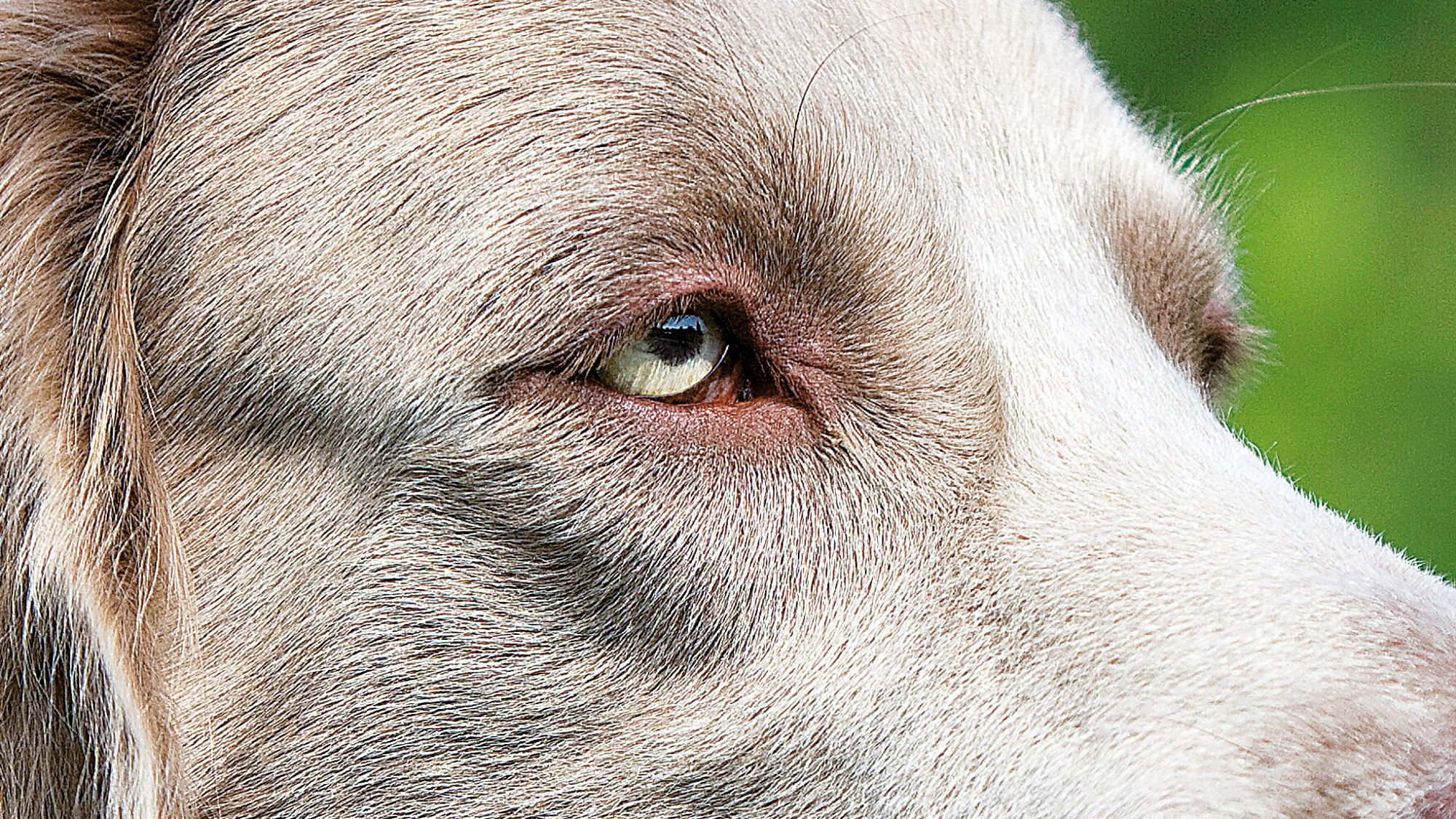
Things to look out for
From specific breed traits to a general health overview, here are some interesting facts about your Weimaraner
Eye and ear care
Weimaraners are generally healthy dogs – and like all breeds should have regular check-ups with the vet to ensure they stay that way. But there are some health conditions to look out for. Because of the shape and size of those beautiful strokable ears, ear infections can be a problem for the breed: make sure you check them regularly and keep them clean. Weimaraners can also suffer from entropion, a condition in which the eyelid rolls inward, irritating the eyeball. It can be corrected with surgery if necessary.
Bloat alert: know the symptoms
Like many other large breeds, the Weimaraner can be prone to gastric dilatation-volvulus (GDV), more commonly known as bloat. Bloat is a sudden and life-threatening swelling of the dog’s abdomen. Symptoms include a bloated abdomen, restlessness, retching, salivation and whining or a sudden stillness and if you spot these symptoms, you need to get your dog straight to the vet. To minimise the risk of bloat occurring, your Weimaraner can have multiple small meals instead of one large one and avoid exercise around mealtimes.
Healthy diet, healthier dog
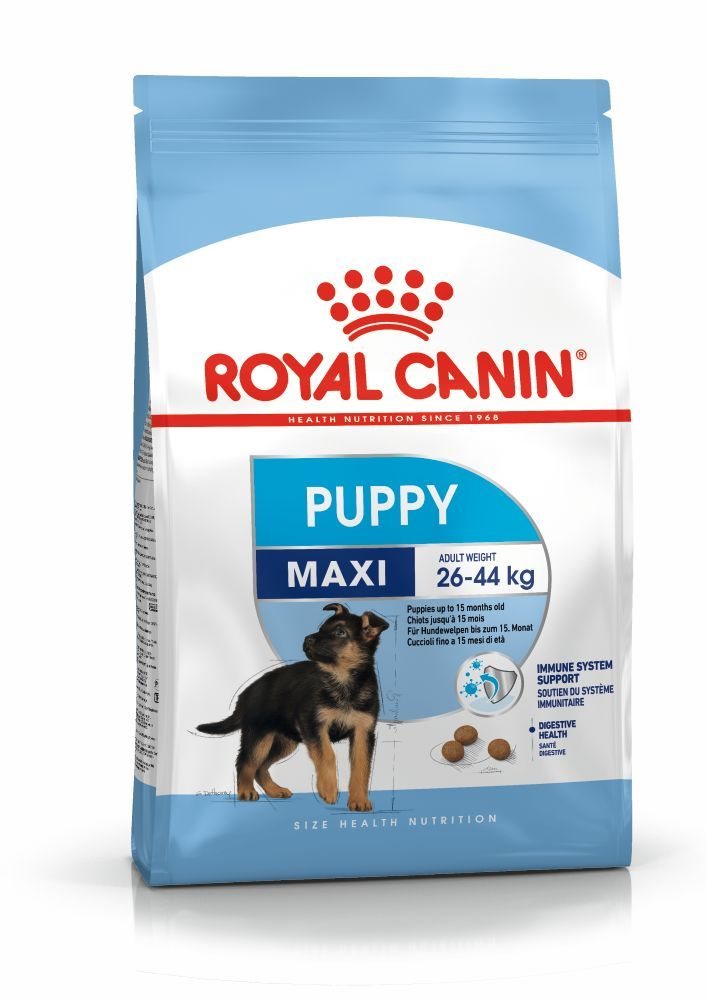
When choosing food for a Weimaraner, there are many factors to consider: their age, lifestyle, activity level, physiological condition, and health including potential sickness or sensitivities. Food provides energy to cover a dog’s vital functions, and a complete nutritional formula should contain an adjusted balance of nutrients to avoid any deficiency or excess in their diet, both of which could have adverse effects on the dog.
Clean and fresh water should be available at all times to support good urinary regularity. In hot weather and especially when out exercising, bring water along for your dog’s frequent water breaks.
Energy intake may also have to be adapted to the climatic conditions. A dog that lives outdoors in winter will have increased energy requirements.
The following recommendations are for healthy animals. If your dog has health problems, please consult your veterinarian who will prescribe an exclusively veterinary diet.
A Weimaraner puppy’s requirements, in terms of energy, protein, minerals and vitamins, are much greater than those of an adult dog. They need energy and nutrients to maintain their body, but also to grow and build it. Until they are 15 months old, Weimaraner puppies’ immune system develops gradually. A complex of antioxidants – including vitamin E - can help support their natural defences during this time of big changes, discoveries, and new encounters. Their digestive functions are different from an adult Weimaraner’s, too: their digestive system is not mature yet so it is important to provide highly digestible proteins that will be effectively used. Prebiotics, such as fructo-oligosaccharides, support digestive health by helping balance the intestinal flora, resulting in good stool quality.
It is important to choose a kibble with an appropriate size, shape, and texture. This growth phase also means moderate energy needs. Large-breed puppies, such as Weimaraner puppies, whose growth period is long and intense, are especially susceptible to skeletal and joint problems, including limb defects, bone deformities, and joint lesions. The first part of growth is mainly concerned with bone development, although the muscles also start to grow. This means that a puppy that eats too much – takes in too much energy – will put on too much weight and grow too quickly. Limiting the energy concentration of a food for Weimaraner puppies and feeding a correct daily amount will help control the speed of growth and minimise these risks.
Concentrations of other nutrients should be higher than normal in a specially formulated growth food. Although the calcium content in the food needs to be increased, maxi-sized breed puppies are more sensitive to excessive calcium intake. It’s important to understand then that adding any ingredients to a complete food formulated for the growth phase is at best unnecessary and at worst dangerous for the animal, unless prescribed by a veterinarian. It is recommended to split the daily allowance into three meals a day until they are 6 months old, then to switch to two meals per day.
Throughout their life, it is important to avoid feeding Weimaraners human foods or fatty snacks. Instead, reward them with kibble taken from their daily meal allowance, and strictly follow the feeding guidelines written on the package in order to prevent excessive weight gain.
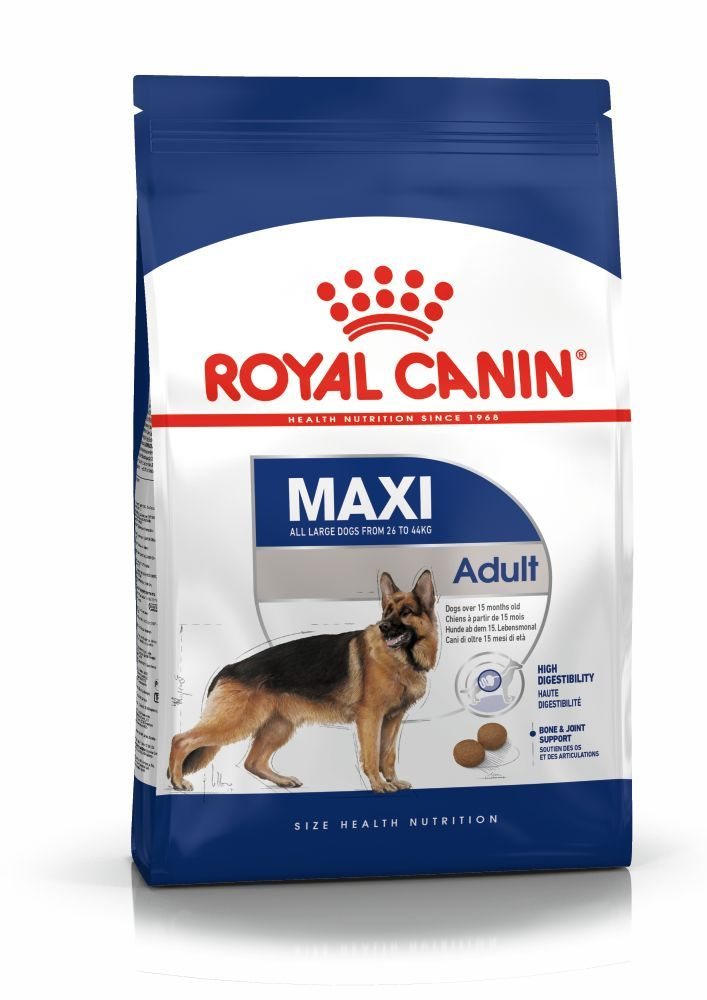
The main nutritional goals for adult Weimaraners are:
Maintaining an ideal body weight by using highly digestible ingredients and keeping the fat content at a sensible level
Helping to support the health of their bones and joints with glucosamine, chondroitin, and antioxidants
Promoting optimal digestibility with high-quality protein and a balanced supply of dietary fibre
Helping preserve the health and beauty of the skin and coat with the enriched addition of essential fatty acids (especially EPA-DHA), essential amino acids, and B vitamins.
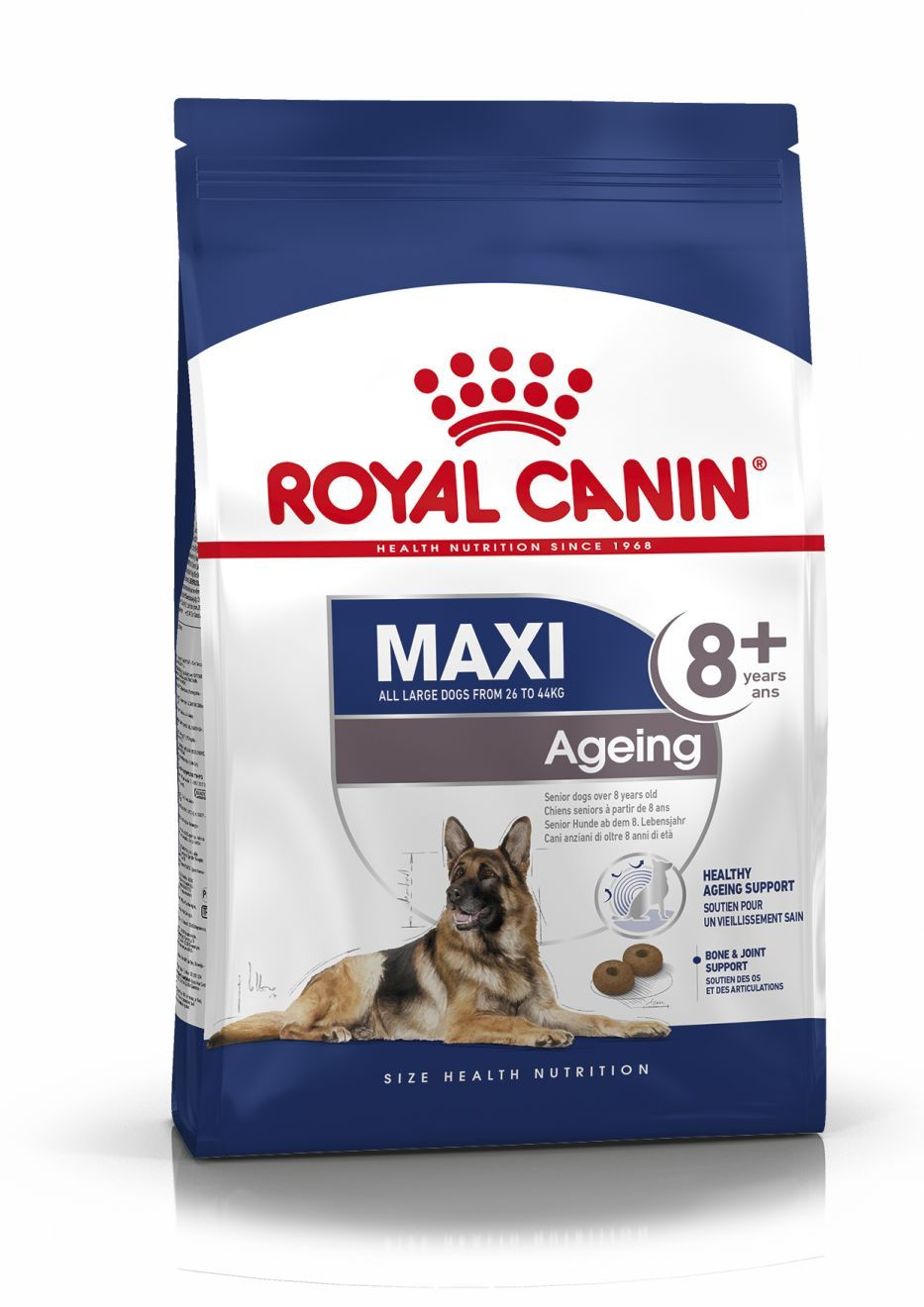
After five years old, Weimaraners will start facing the first signs of ageing. A formula enriched with antioxidants will help maintain their vitality, and specific nutrients, such as chondroitin and glucosamine, will help support healthy bones and joints. Ageing is also accompanied by the modification of digestive capacities and particular nutritional requirements, so food for older Weimaraners should have the following characteristics:
Higher vitamin C and E content. These nutrients have antioxidant properties, helping to protect the body’s cells against the harmful effects of the oxidative stress linked to ageing
High-quality protein. Contrary to a widely held misconception, lowering the protein content in food brings little benefit in limiting kidney failure. In addition, older dogs are less efficient at using dietary protein than younger dogs. Reducing the phosphorus content is a good way of slowing down the gradual deterioration of kidney function
A higher proportion of selected trace elements to maintain the skin and coat in good condition.
A higher quantity of polyunsaturated fatty acids to help maintain the quality of the coat. Dogs can normally produce these fatty acids, but ageing can affect this physiological process
As they age, dogs increasingly suffer from teeth problems. To ensure they continue to eat in sufficient quantities, the size, shape, and texture of their kibble needs to be tailored to their jaw.
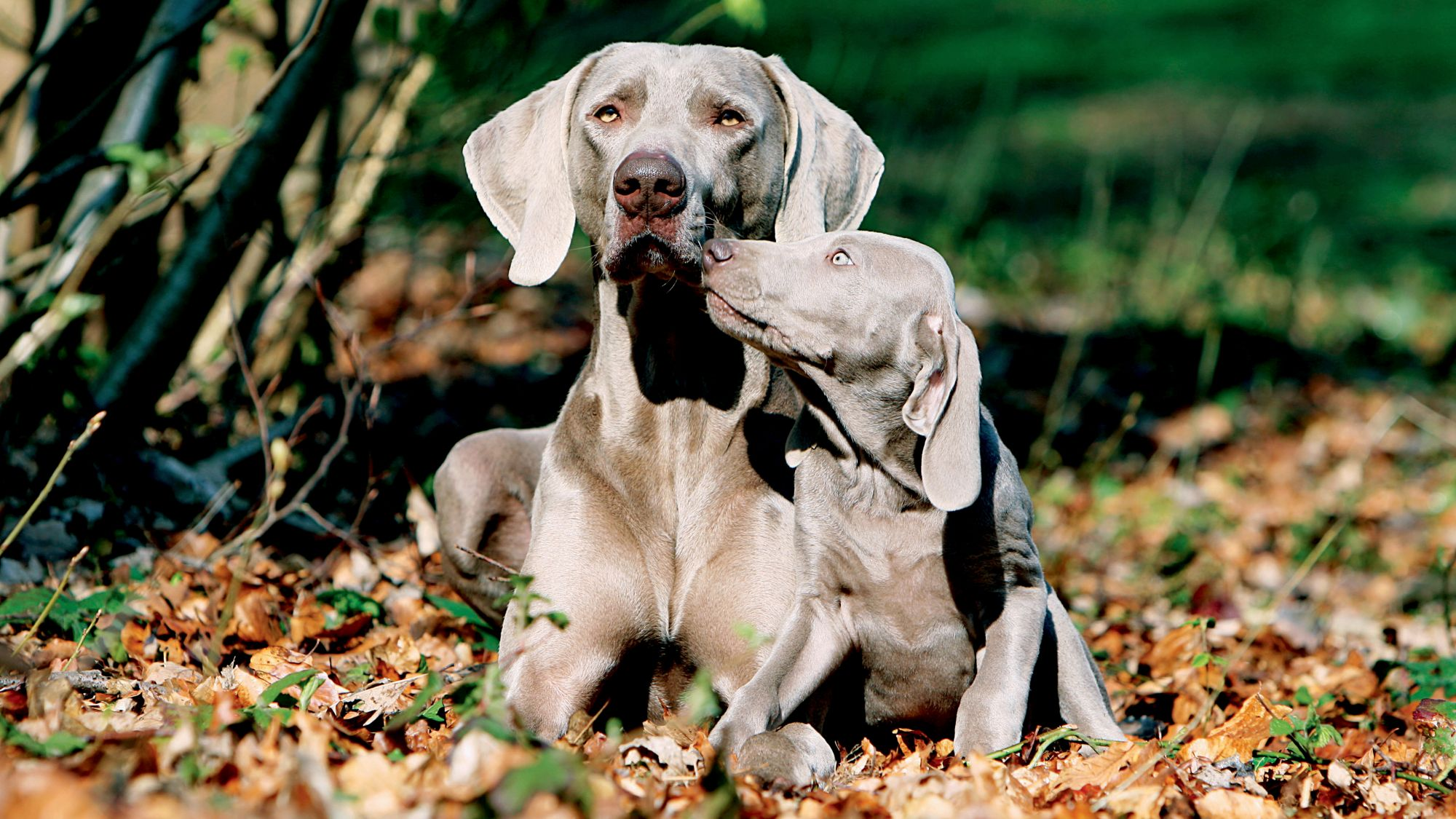
Caring for your Weimaraner
Grooming, training and exercise tips
7/7
All about Weimaraners
Weimaraners are not well suited to being alone for long periods, so they may bark if left too much to their own devices. On the positive side, they can make good guard dogs: although not known to be aggressive, they are naturally wary of strangers. Early socialisation can help them get used to people and other animals.
Yes – as long as the family in question is an active one. These dogs, famous for their speed and stamina, need to run. If their exercise needs are met they can be calm at home. Once trained, Weimaraners get on well with children and form strong bonds with their humans, relishing time with their families.
Suggested Breeds
Read more on this topic
Sources
- Veterinary Centers of America https://vcahospitals.com/;
- Royal Canin Dog Encyclopaedia. Ed 2010 and 2020
- Banfield Pet Hospital https://www.banfield.com/
- Royal Canin BHN Product Book
- American Kennel Club https://www.akc.org/
Like & share this page